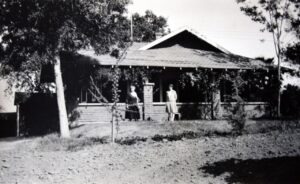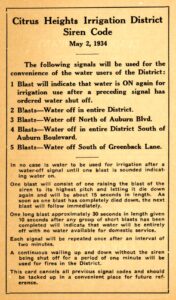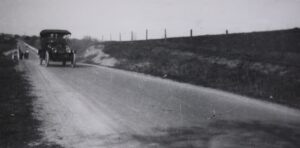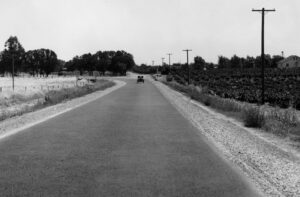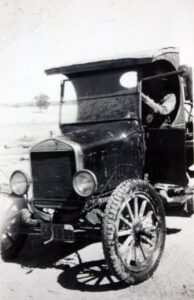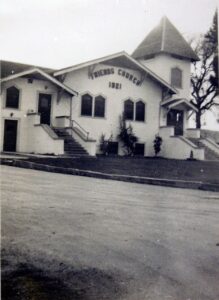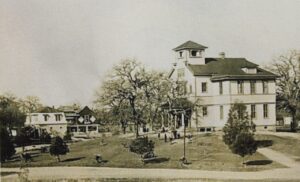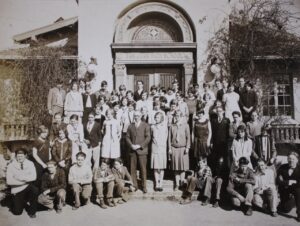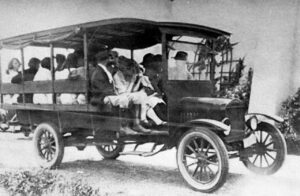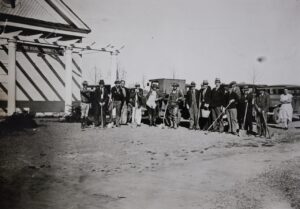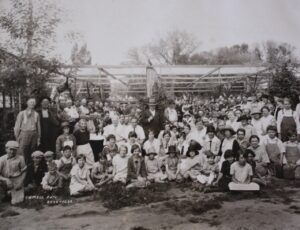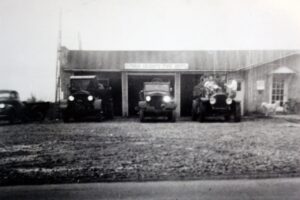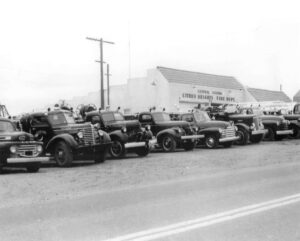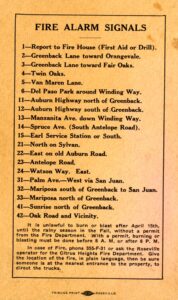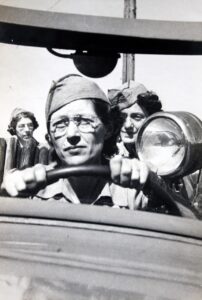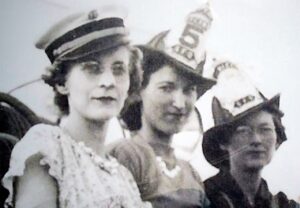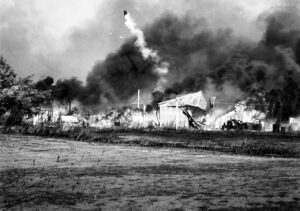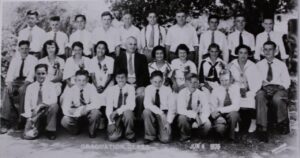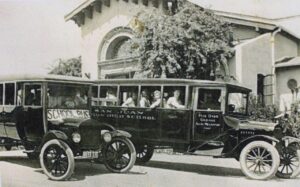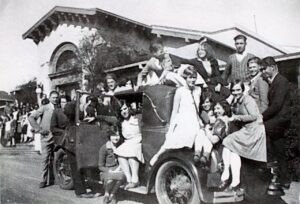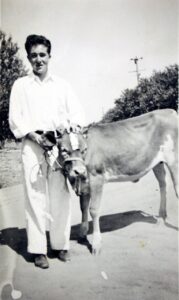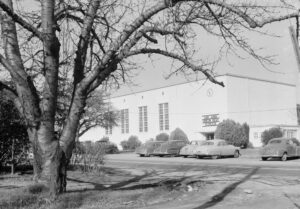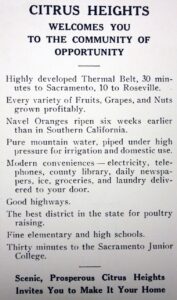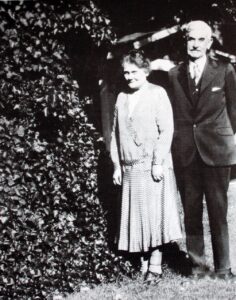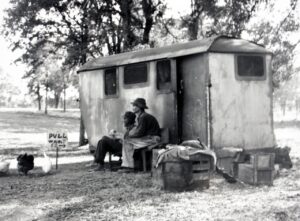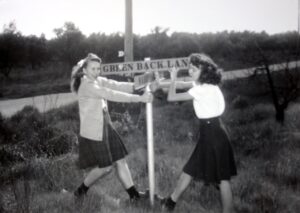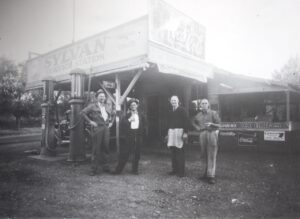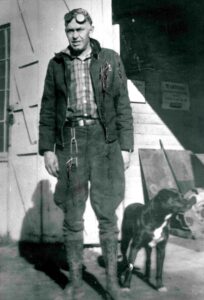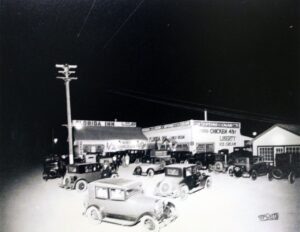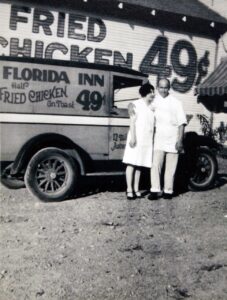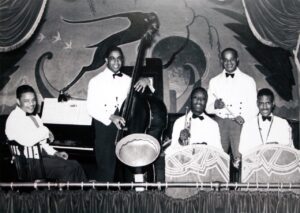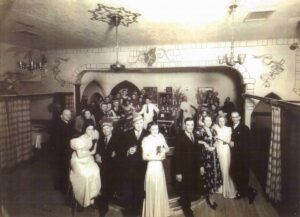Your cart is currently empty!
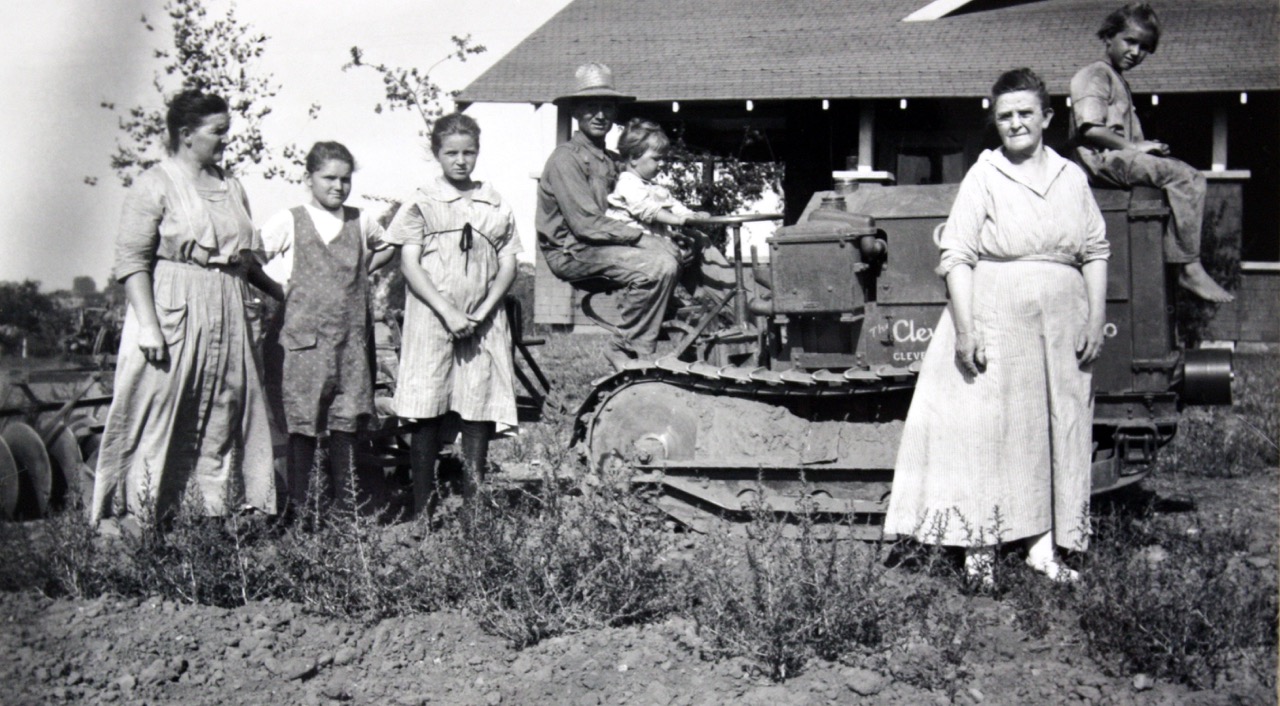
Small Family Farm Era

In 1910, real estate developer, Walt Trainor, began to buy large farms in northeast Sacramento County and subdivide them into smaller, 5 to 10 acre parcels. He marketed these parcels to people who wanted an income-generating farm in the country. Citrus fruit was a popular and profitable crop to grow at the time, so Walt named his subdivisions, “Citrus Heights”, to increase their appeal to prospective buyers.
Walt needed water to make his marketing plan work. He and a few local farmers formed a company called, “Citrus Heights Water Takers”, to obtain water from nearby Baldwin Reservoir, as the Orange Vale and Fair Oaks colonies had done. Construction of a water delivery system progressed slowly though without up-front capital to fund it. So in 1920, Walt and his group formed a public water agency, “Citrus Heights Irrigation District”. CHID had the ability to issue bonds to generate the money needed to speed up construction.
Even with a water delivery system, things were not perfect. Baldwin Reservoir’s resources were stretched thin, and on regular occasions there was not enough water for everyone. At first, CHID workers would go door-to-door to let farmers know when they had to temporarily stop irrigating their land. As the population grew, air-raid style sirens were used to let farmers know when they could or could not irrigate their crops. This system of rotating water outages existed up until Folsom Dam was completed in 1955.

In 1910, there was no high school close enough for students in the Sylvan Elementary School District to attend. Most finished their education at the 8th grade. In 1913, people in Sylvan and four other nearby elementary school districts voted unanimously to tax themselves to build a high school. Classes started at a temporary location in Fair Oaks in the fall of that year. Deciding where to build the school proved to be a more contentious decision, as the one high school was to serve a large area, roughly equivalent to today’s San Juan Unified School District.
Real estate developer Walt Trainor solved the dilemma by donating 10 acres of land on Greenback Lane for a new high school. Few residents were willing to refuse a gift of land, and San Juan High School was completed where it stands today in the fall of 1915. A county worker suggested the school’s name because much of the area it serves was once a part of the San Juan Mexican Land Grant.
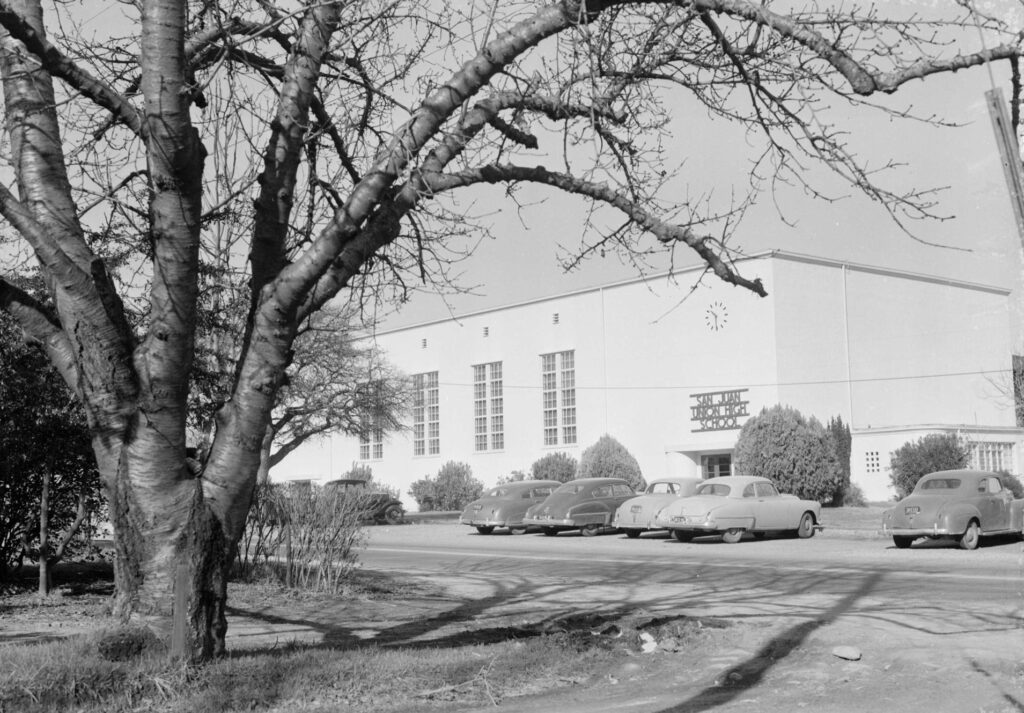
Because Citrus Heights was remote and had so few people, Sacramento County was not able to provide essential services to the area. Residents formed the Citrus Heights Community Club in 1928 to provide needed services. They purchased the original Sylvan Schoolhouse and moved it a quarter mile south on donated property in order to hold meetings and host social events. Road Day was their big annual event every spring. Everyone in the community came together to repair the roads and enjoy and potluck.

On December 31, 1933, a barn at the corner of Sunrise and Oak Avenue burned to the ground while onlookers stood by and watched helplessly. This served as the impetus for Warren Desimone and Virgil Mulch to organize a volunteer fire department. It was not easy to do as the country was in the midst of the depression. The Citrus Heights Fire District eventually became so successful that it extended out to Orangevale, Antelope and south Placer County.
A Ladies Auxiliary was formed in 1942 in response to a need for additional fire fighters during World War II, as many of the men had been called away for duty. Ladies Auxiliary groups were very common in most communities during the war. For the most part, they organized fund raising events to assist with local needs. A unique attribute of the Citrus Heights Ladies Auxiliary is that they actually fought fires. They were trained in every aspect of firefighting as their male counterparts and gained national recognition for their role as fire fighters.
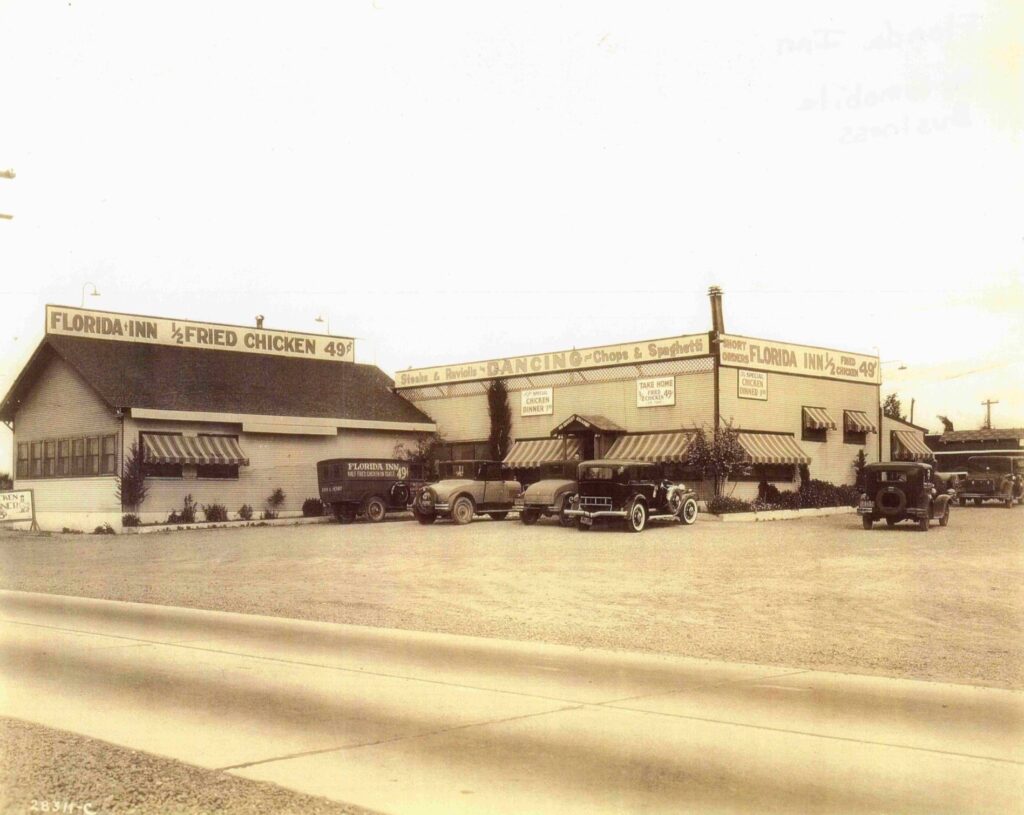
Citrus Heights was way out in the country, but it saw its’ share of automobile traffic. In 1913, Auburn Boulevard became a part of the Lincoln Highway, the first transcontinental highway. When CalTrans went to a numbered highway system in 1926, that same route became US Highway 40. Many well-know businesses sprang up along this main highway, including Sylvan Service Station and the Florida Inn Restaurant and Motel in the 1920s, and Harris Welding (now Harris Industrial Gases) and Angelo Orsi Olive Oil Company in the 1930s.
Please select any of the thumbnails below to view a larger image.


